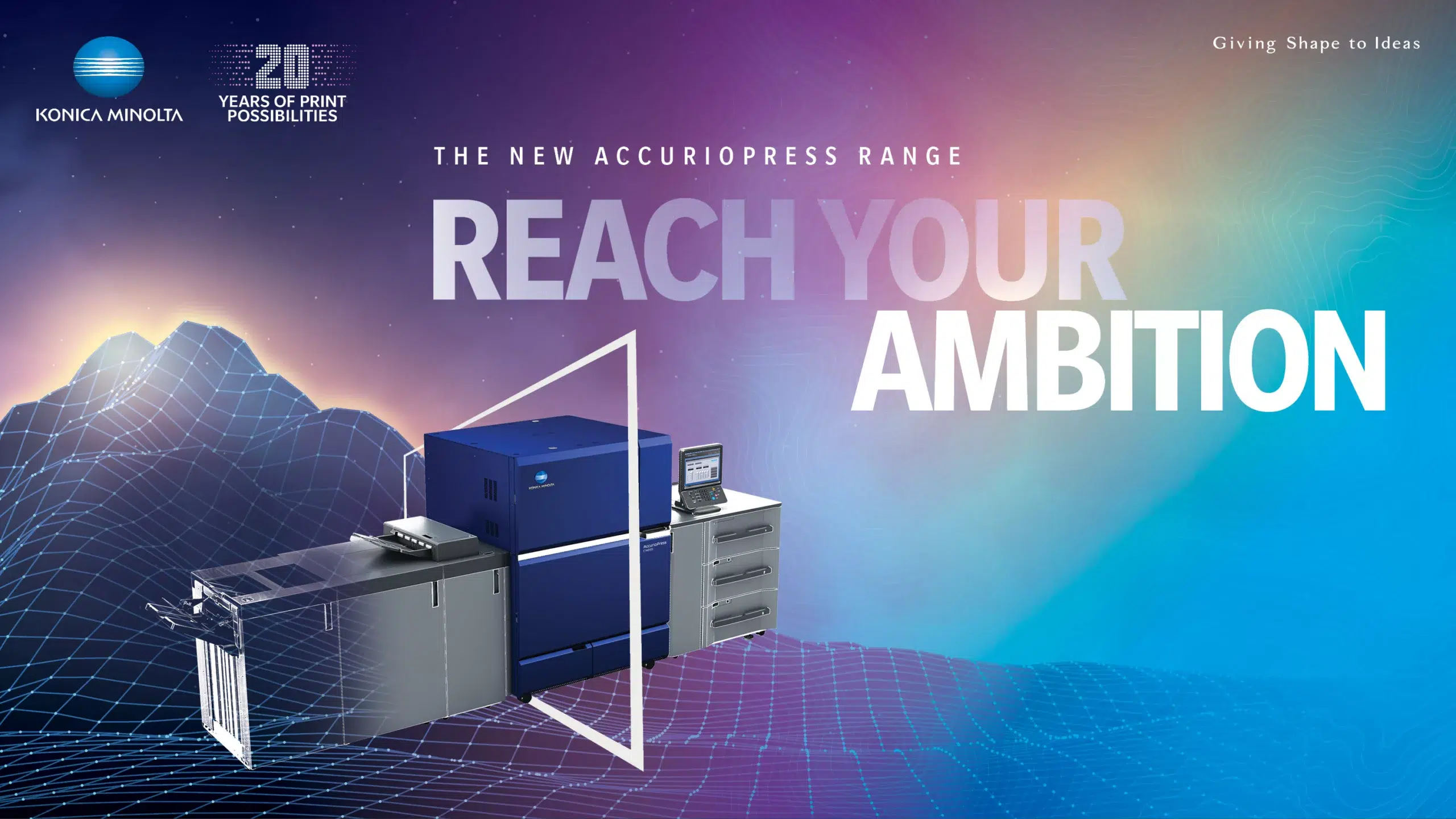Workplace safety and operational efficiency are critical challenges for any organisation. However, with businesses facing scarce labour availability, low unemployment rates, and rising labour costs, it’s essential for organisations to explore alternatives.
To bridge this gap, businesses are increasingly turning to Autonomous Mobile Robots (AMRs), such Mobile Industrial Robots (MiRs), to provide safe, cost-effective, and efficient alternatives to traditional material movements using forklifts, pallet jacks, trolleys, or pallet tuggers.
A new age of operational safety
While no machine can guarantee absolute safety, some are inherently safer than others. However, this depends on their application and use; importantly, even inherently safe devices can be deadly in the wrong application. AMRs redefine what it means to operate safely. MiRs, for example, are designed with 360-degree vision and are equipped to see up to 20 metres ahead, regardless of lighting conditions. Additionally, they can navigate efficiently around people and obstacles, never exceed their set speed limits, can have lower speed limits in high-risk areas as well as audio warnings, and don’t come with hazardous sharp attachments. They’re also focused and don’t experience fatigue, making them less susceptible to distraction unlike their human counterparts.
With inputs from proximity sensors and wheel encoders, AMRs can dynamically map their environment. They calculate their movements to avoid obstacles and restricted zones, ensuring operations continue smoothly. Additionally, adherence to standard operating procedures (SOPs) also ensures that any accidents involving AMRs are rare and, critically, don’t involve human workers.
However, enhanced workplace safety isn’t the only benefit that AMRs deliver to organisations. There are two primary reasons why AMRs are essential to the future of the workforce:
1. Operational excellence
Beyond improved safety, AMRs also deliver enhanced operational efficiency to businesses. On a fundamental level, AMRs can operate longer, faster, and with less breaks than their human counterparts. This leads to increased productivity and less downtime, meaning more output in less time. However, AMRs won’t replace employees; instead, they’ll empower organisations to elevate their human workers to contribute to more high-value meaningful tasks across business operations, which can help lead to even greater benefits down the line.
2. Essential cost savings
AMRs also help organisations achieve valuable cost savings. Their adoption can lead to a reduced reliance on forklifts and drivers, lowering associated costs and risks. They are highly flexible, with the ability to easily, quickly and cost effectively change workflows as the organisation requires. Perhaps most importantly, the successful integration of AMRs substantially minimises the risk of employees’ compensation claims associated with injuries and incidents, consequently reducing both the respective financial and human costs.
Embracing the future of workplace safety: overcoming challenges and optimising opportunities with AMRs
In an era of high labour costs and limited labour availability, AMRs present a strong value proposition to businesses, empowering them to do more with less.
And, their benefits go beyond immediate cost and efficiency savings to ensure long-term sustainability and adaptability in an increasingly automated world. A fresh approach to visualising the factory floor and processes from an AMR perspective can simplify their integration into existing operations. This can free up human capital for more strategic, value-adding roles, reinforcing the benefits of AMRs. Additionally, identifying and addressing gaps in operations for AMR integration can lead to a rapid return on investment (ROI).
Introducing AMRs into operations offers significant opportunities for organisations to revolutionise safety, reduce costs, and improve efficiency. Businesses must recognise the potential of AMRs and seize these opportunities to achieve a safer and more efficient workplace.
How Konica Minolta can help
MiR’s range of industrial robots, provided by Konica Minolta, increase productivity in operations for organisations across manufacturing, warehousing, retail, and more. MiR is ideal for a business that wants to keep efficiency levels high to enable workers to focus on higher-value activities, while reducing lead time, minimising bottlenecks, and optimising safety. In a physically demanding and repetitive working environment, MiR can step in to support employees, and become a principal component of a fully automated production line.
For more information, contact the team today.




